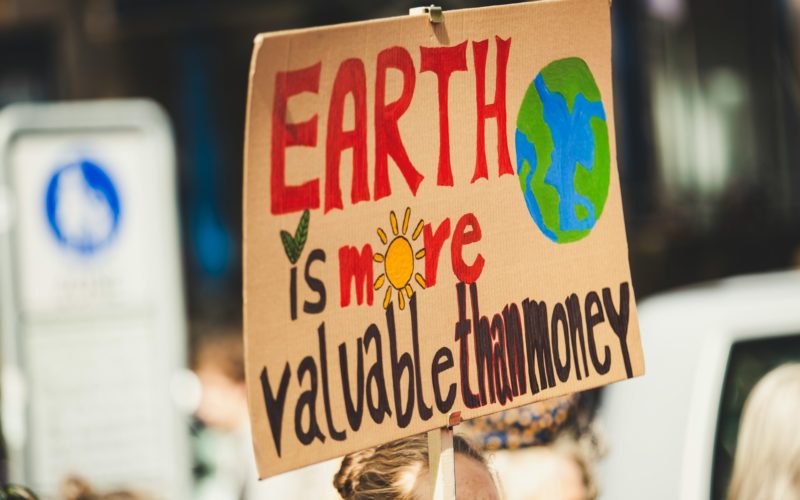Scientists across the world believe that we are at a tipping point when it comes to managing climate change. They believe that if we act now, it’s still not too late. Sadly, climate change is easily misunderstood. As the University Corporation for Atmospheric Research (UCAR) states, even a one-degree change can impact the planet in many ways.
When you consider that climate models predict a 4° C rise if measures aren’t taken, the gravity of the situation becomes clear. This no longer becomes the responsibility of governments but of every citizen of the world. It’s also why you see potential solutions being offered by private institutions and organizations.
In this article, let us look at three potential solutions that, together, might help humanity endure hundreds of years from now.
1. Carbon-Capturing
One of the many objectives of mitigating climate change is reducing the amount of CO2 that we release into the atmosphere. Carbon capture is a solution that aims to capture emissions from typical polluters like coal power plants or cement factories. The captured CO2 is then stored underground, typically in depleted oil fields or unmineable coal seams.
One drawback of this method is the amount of energy it requires. Capturing CO2, particularly after combustion, needs a lot of energy. It’s to such an extent that it could partially offset the CO2 savings. However, recent developments are solving this problem.
According to Atoco, solid-state CO2 adsorbent materials address this contradiction. They believe that reticular chemistry can be used to optimize the very kinetics of adsorption and desorption. This is a remarkable advancement that can make carbon capture a game-changer.
2. Artificial Photosynthesis
One of the side effects of global warming is the fact that resources like arable land and water are becoming scarce. This has a ripple effect on humanity because it affects agriculture and has the potential for food scarcity. Artificial photosynthesis has the potential to solve this challenge, with implications for space agriculture as well.
Recent advancements in artificial photosynthesis have unlocked the possibility of growing plants in darkness. This remarkable advancement is possible via an electrolysis system that produces acetate for the plants. This could mean that parts of the world without enough sunlight will not have their food output affected as much.
Artificial photosynthesis also holds the potential for a number of other eco-friendly advancements. Studies are revealing its ability to produce key components of biodegradable plastics. Similarly, it holds a lot of potential to create new fossil fuel alternatives. Thus, it’s no wonder that its market size is expected to have a CAGR of 14.62% by 2033. The research on artificial photosynthesis is ongoing and will likely bring more advancements in the coming years.
3. Ocean Fertilization
Desperate times call for desperate solutions, and if not enough efforts are made, we might find ourselves opting for solutions that come with risks. Ocean fertilization is one such solution that hopes to reverse global warming by boosting the growth of phytoplankton.
This method relies on phytoplankton photosynthesizing and absorbing CO2. When they die, they sink to the ocean floor, taking CO2 with them, where they are buried in marine sediments. Theoretically, this method could reduce global warming, but it does pose serious risks.
That said, we know that this solution can work because we have historical evidence for it. The earth has seen periods where increased nutrient flux to oceans has led to cooling. However, the same evidence tells us that mass extinction of marine life will likely occur as well.
One way that we could mitigate the risks is by ensuring everything from nutrient selection, dosage, timing, and location is carefully calculated. However, even if we do get everything right, ocean fertilization is more of a long-term strategy. Significant results, even from a successful campaign, would take thousands of years to be seen.
Conclusion
All things considered, it’s so important for people to realize that the steps we take aren’t for us. Yes, we are already seeing the first signs of climate change, but it is our children who will truly suffer if we don’t take action today. Each of the strategies discussed above has the potential to make a difference and mitigate global warming.
However, without adequate funding and policy support, they might remain fractured and implemented in a limited manner. Speak to your local representative and advocate climate action. Take as many steps as you can, because every step counts.












